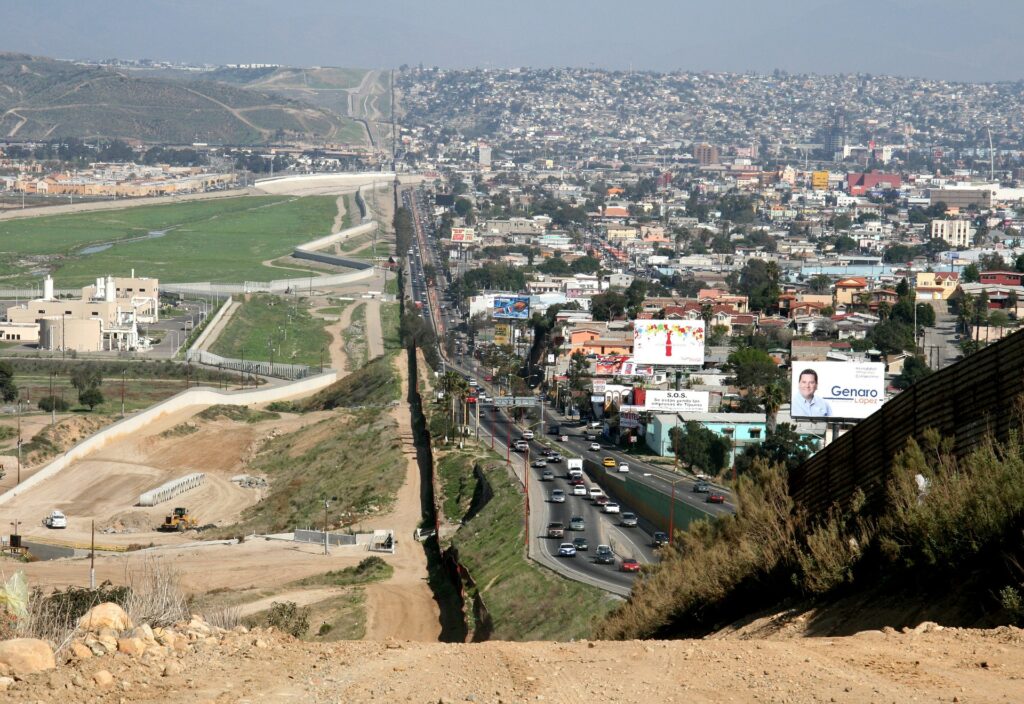Following inauguration ceremonies on January 20, President Joe Biden marked his first week in office by issuing seventeen executive orders. Following through with his campaign promise to address the mounting problems of climate change in the United States and abroad, Biden signed an order for the United States to rejoin the Paris Climate Agreement.
Just a few hours prior to this much anticipated action, Biden pledged to “repair our alliances and engage with the world once again.” Considering almost every other country in the world has pledged onto the Paris Climate Agreement and remained loyal to that pledge, the United States’ reentry into this international accord is a crucial step toward repairing U.S. diplomatic relations and restoring American leadership amid the climate crisis.
Many global leaders joined Biden’s American supporters in applauding his commitment to the Paris Agreement, hoping it signals not only a shift in climate policy but also thawing diplomatic relations with the United States. Surely, this is a step in the right direction, but rejoining the Paris Climate Agreements, despite its hefty symbolism, is not compensation for U.S.’ abysmal approach toward environmental policies over the past four years. Climate change ‒ the very existence of it ‒ has become embroiled in heated partisan debate, and consequently, the United States’ commitment to the Paris Climate Agreement and to the broader fight against climate change drastically fluctuates with each change in administration. While the United States is embroiled in a partisan debate over climate change, Latin America, one of the regions most affected by climate disaster, is already confronting the consequences of U.S.’ inaction.
Three thousand miles south of the Oval Office, thousands of Guatemalans are struggling to keep their head above water. In late 2020, two massive hurricanes, Eta and Iota, struck Central America within a few miles of each other, devastating large swaths of Nicaragua, Honduras and Guatemala. These cataclysmic storms uprooted an estimated 5.2 million residents, and thousands still remain in shelters while they struggle to piece their lives back together.
Prior to this unprecedentedly volatile storm season, five straight years of drought had plagued Central America, pushing thousands of migrants northward in search of food and work. Coffee-growing economies throughout the region suffered unprecedented crop failures and drought, leading to a declaration of emergency in Honduras in 2019. The limited water supply was often polluted due to exposure to toxic waste, biological agents and oil spills.
After half a decade of drought and remarkably uneventful storm seasons, hurricanes Eta and Iota pulverized the region. The storms completely ravaged a region that was already uniquely vulnerable to the COVID-19 crisis, exacerbating conditions in nearly every aspect of life from the prospects of economic recovery to their already weak sanitation system. Displaced citizens are even more vulnerable to gender-based violence and the safety consequences of inadequate reproductive healthcare. More than a singularly horrific tropical storm season, the effects of climate change are already manifesting in every facet of life in Latin America.
In the wake of Hurricanes Eta and Iota, the U.S.Agency for International Development (USAID) estimates damages and losses in Nicaragua alone to total $738 million.
Experts compare this devastation to Hurricane Mitch, which struck the same region in 1998 during the Clinton administration. Roughly 7.2 million people were affected by this storm. Former Honduran President Carlos Flores Facussé recognized that his country could not survive without significant international support and anticipated the global repercussions that could follow an unaddressed humanitarian crisis such as Hurricane Mitch.
Facussé warned international leaders, especially former President Bill Clinton, that without foreign aid migrants would go “walking, swimming and running up north.”
Consequently, Clinton allotted roughly $200 million in today’s dollars toward disaster relief in Honduras. Many countries joined the United States in donating to Honduras to fund reconstruction of infrastructure and restart the economy. Nevertheless, the region never completely restabilized. If residents didn’t flee from their home country due to lack of housing or infrastructure, they later fled from rising crime rates or an economy in shambles, unable to recover from the storm’s destruction.
Echoing the pleas of President Facussé in 1998, current Guatemalan President Alejandro Giammattei made desperate requests for foreign aid.
“Hunger, poverty and destruction do not have years to wait,” he said.
Climate disaster has already begun to wreak havoc on international migration patterns. Two more groups of migrants, called the Caravan of the Damned, are fleeing north from Honduras to America, escaping the wreckage wrought by the hurricanes, which has been compounded by COVID-19 and a weak economy. Thousands of refugees are headed toward the U.S. border, electing to face the unsure policies of asylum, detention and deportation rather than stay in their home country, which remains torn apart by a slew of catastrophes.
The similarities between these two cases are numerous: millions of Central Americans ravaged by natural disaster, regional leaders requesting immense international support and a Democratic president staring down the barrel of a split congress and polarized political climate (Hurricane Mitch struck a few weeks before Clinton’s impeachment proceedings).
U.S. immigration policy and foreign aid to natural disasters in Latin America remain inextricably linked. We knew it in 1998 and we know it now: if the U.S. hopes to limit immigration from its southern neighbors, it must be willing to lend a hand in their recovery.
However, insights from the failure of aid to stabilize the region following Mitch and the current international political landscape demand a different approach from American leadership.
We now have a term for the influx of Honduran migrants after Hurricane Mitch in 1998 and the renewed caravans currently departing from the region: climate change refugees.
Climate change disaster will continue to magnify global disparities in wealth and security, permitting wealthier countries to contribute more to impending devastation, while less developed countries pay a higher price.
“Central America is not the producer of this climate change situation,” the president of Honduras, Juan Orlando Hernández, reminded international onlookers. “Instead, we are the most affected.”
Biden has prioritized immigration and climate change ‒ rightfully so. But he must make sure to avoid the mistakes of his predecessors, not just Donald Trump, whose relationship with Latin America could be described as apathetic at best. American presidents have long ignored systemic issues plaguing Latin America, rushing to slap a Band-Aids on a bullet-hole-riddled states when staring down the barrel of an influx of immigrants.
Biden has made many promises regarding both climate change and immigration, and on his first day issued two executive orders regarding the former and five regarding the latter.
The Paris Climate Agreement is about accountability and solidarity and commitment, fostering cooperation between countries around the world to prevent impending tragedy, but climate catastrophe is already wreaking havoc in some regions of the world.
Experts in Latin and South America fear their issues, with the exception of the U.S.-Mexican border, will remain on the backburner of America’s diplomatic agenda. Without a doubt, Biden’s approach to climate change and immigration are far superior to that of his predecessor, but we cannot let Trump’s climate change denial and blatant xenophobia be the yardstick to measure Biden’s policies moving forward.
Ongoing crises in Nicaragua, Guatemala and Honduras demand that President Biden not only sign on to the Paris Climate Agreement and implement stricter regulations within his own borders, but also address the issues that have already landed on the shores of unstable regions.
Climate disasters such as this require a holistic response as well as preventative action. The thousands of refugees will require aid funding to return to their homes, and then they may need assistance restabilizing their economies and long-term investment into infrastructure built to withstand exacerbated storm conditions. Those that have no choice to emigrate from their home country will require extended Temporary Protection Status (TPS), allowing them to take the first step toward a green card and hopefully, eventually, citizenship.
In an increasingly interconnected global environment with rising sea levels and intensifying natural disasters, climate change and migration go hand in hand. The United States makes disproportionate contributions to the climate change predicament and accepts considerably fewer migrants and refugees. Biden is making strides to correct these grave errors, but we cannot afford to continue to treat climate change and immigration as two separate issues.







